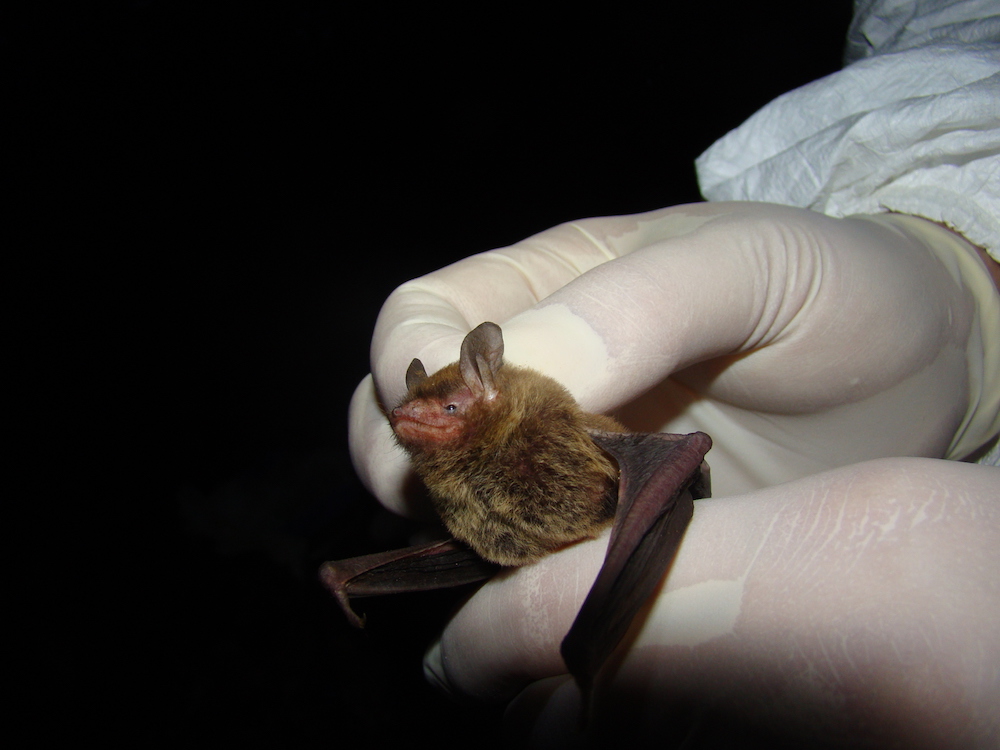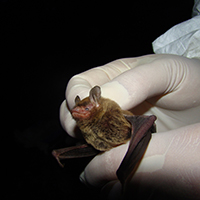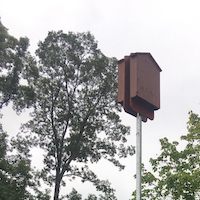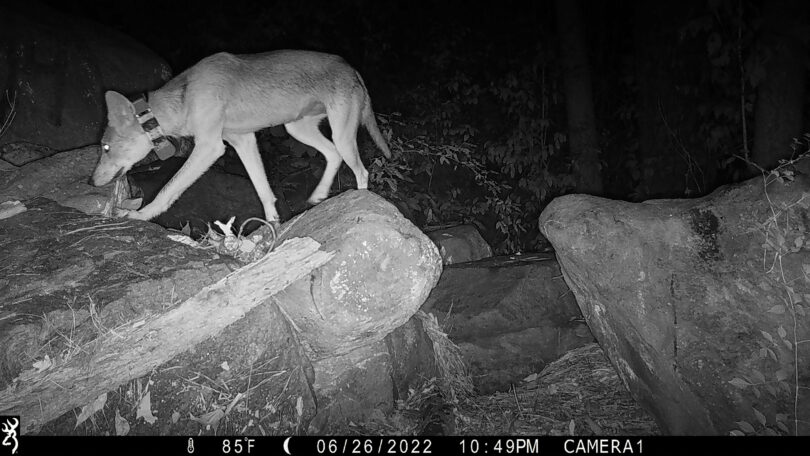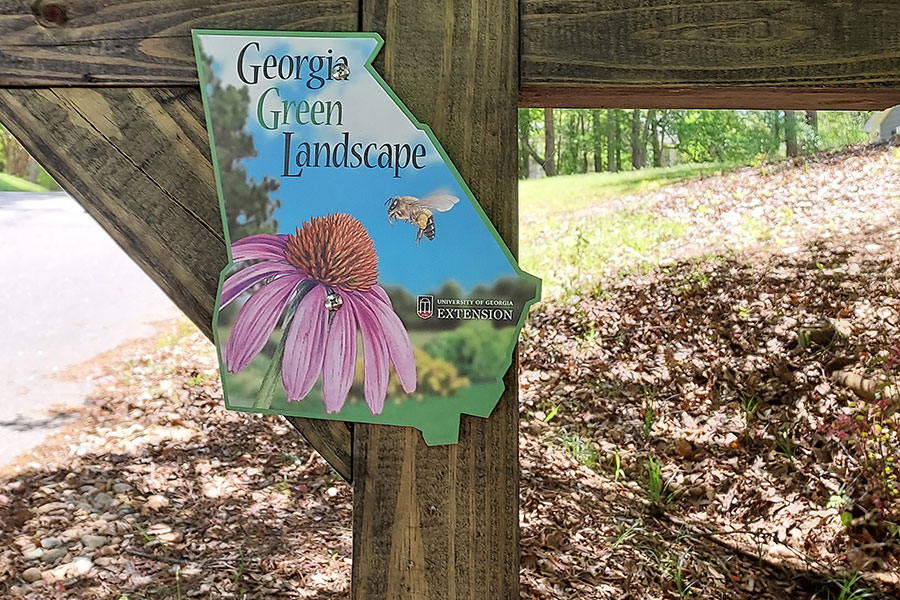Bats may have a reputation for being spooky, but University of Georgia researchers say a world without bats would be absolutely terrifying.
Bats play a vital role in the ecosystem and help reduce the population of pest insects and boost pollination. According to Bat Conservation International, a nongovernmental organization, bats save Americans around $3.7 billion a year by reducing pest control costs and decreasing crop damage. To celebrate all that bats do in the ecosystem, Bat Conservation International has dubbed Oct. 24-31 Bat Week.
“Our native bats truly go to ‘bat’ for us in controlling pesky insects,” said Nick Fuhrman, a wildlife educator and associate professor of agricultural leadership, education and communication at the UGA College of Agricultural and Environmental Sciences. “Not only do bats eat thousands of insects in a night, but they’re just neat to look at too. You’ll often see them flying near you at night, not to bite you, but because our movements stir up insects that they’re munching on.”
Georgia is home to 16 species of bats and about half of those have experienced population loss or are listed as endangered or threatened species due to habitat loss. There are several ways that Georgians can be better neighbors to bats, but the most important is to give them someplace to roost, said Kristen Lear, a doctoral candidate in UGA’s integrative conservation program.
“One of the main things a person can do to attract bats is installing a good bat house,” said Lear.
“It’s also helpful to leave dead trees up for roosting space, keep cats indoors, create a body of water like a pond or stream for them to drink out of and garden in bat-friendly ways.”
Bat houses are available from online retailers, but they’re also fairly simple to build. The Georgia Department of Natural Resources has provided instructions for building a basic bat box, available at youtu.be/QfALPbYoq_Q.
Whether it’s a homemade or store-bought bat box, each house should be installed 10 to 20 feet off the ground. Mounting it on a building or tree usually works well. The house should be put in an area where it will have full sun exposure during the daytime.
Bats might not move into the bat house right away, and because it may even take a few years, Lear suggests patience. The good news is that the better constructed and located a bat house is, the more likely that it will be inhabited. For more information visit batcon.org/resources/getting-involved/bat-houses.
Building a more bat-friendly yard is another easy way to help. It involves many of the same tactics as building a pollinator-friendly landscape.
The Bat Conservation Trust recommends the following to attract bats:
- Leave areas of the landscape untreated so that insects and bats have a safe place to feed and rest.
- Include flowers that differ in color, fragrance and shape.
- Plant light-colored flowers that attract insects at dusk, when bats like to eat.
- Grow verbena, Mexican aster, evening primrose, feverfew and mallow, excellent fall flowers that help attract bats.
- Provide a body of water like a pond or stream for drinking water.
For more information on gardening for bats, visit www.bats.org.uk/pages/encouraging_bats.html. The more variety in a garden, and the less intensively it’s managed, the more bats it will attract. For more information about Bat Week visit batcon.org.

